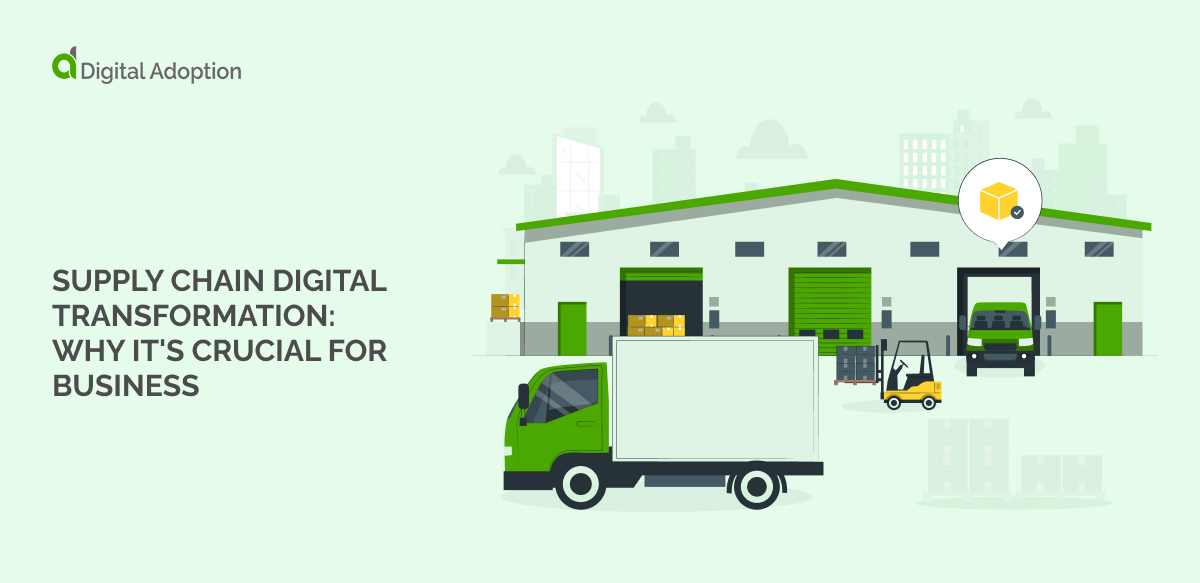There are several benefits to becoming a cloud-centric business, but is it right for your organization?
In this post, we’ll learn what a “cloud-centric business” is, why so many companies are moving to the cloud, and some points to consider before making the migration.
Should Your Company Become a Cloud-Centric Business?
Cloud computing is a term that refers to the use of remote servers to perform computational tasks, such as web hosting, storage, application development and execution, and so forth. Typically, cloud computing providers provide their services through a pay-per-usage model, which makes it easy for clients to scale up or down their services as needed.
A “cloud-centric business” leverages cloud services for many, if not all, of its IT needs.
Cloud companies, after all, make it easy to manage business needs such as IT infrastructure, software, cybersecurity, and customer service, among many other business functions.
Cloud services include, but are not limited to:
- Software as a Service
- Infrastructure as a Service
- Platform as a Service
- Security as a Service
In short, the as-a-service business model is a hallmark of cloud companies.
For those trying to understand the value of this cloud-based business model – or how much of their IT should migrate to the cloud – it’s important to understand the advantages of this approach and why it is becoming so popular.
The Benefits of Cloud-Based Services
There are many reasons why cloud companies have risen to the forefront. And there are many reasons why cloud-based business models will continue to gain market share in the years ahead.
For instance:
- Deployment and adoption is simple. One of the biggest advantages to cloud-based solutions, particularly SaaS solutions, is their ease of digital adoption. A company that wants to use a new project management solution, for instance, need only sign up a select number of team members, then it can begin using the software. Naturally, employee onboarding and employee training are still necessary – however, when compared to software that must be individually installed and upgraded on individual machines, cloud-based models are far simpler.
- Cloud services have straightforward, affordable pricing. SaaS models are typically easy to set up and licenses are easy to create. Simply choose the number of users, pay for a license, then those users can create accounts and get started. Cloud computing, such as AWS, are equally easy to start up. Users only pay for the services they actually use, which cuts down on wasted IT resources, saves money, and makes it easy to track costs.
- It is easier to scale IT infrastructure on the cloud. Scalability is another major benefit of cloud-based services. When a company begins to grow, they only need to purchase more cloud computing resources and expand those resources as needed. This approach is far easier than traditional models, where companies were forced to purchase their own servers or rent dedicated servers or server space.
- Cloud companies enable remote working. The remote working paradigm introduced in 2020 is here to stay. While it may not be the standard, companies are far more accepting of it than they once were. After all, the pandemic demonstrated how important it is to have remote working as an option, even if it doesn’t become the standard – and cloud computing is a necessity for any company that wants to work from home.
In short, there are plenty of reasons why an organization may want to consider becoming a cloud-centric business. Fundamentally, cloud-based services improve scalability, cost efficiency, and organizational agility.
Yet as with any other service or business approach, there are considerations to be aware of.
Points to Consider When Adopting Cloud-Based Services
By and large, cloud computing has far more advantages than disadvantages, but before fully transforming into a cloud-centric business, it is important to understand potential drawbacks of the cloud.
A few of the biggest include:
- Downtime. One of the most frequently cited disadvantages to cloud computing is downtime. Although the majority of cloud businesses, particularly the largest ones, stay available most of the time, downtime does occur. These can occur for any number of reasons, from power outages to hardware failure to natural disasters to cybersecurity threats. The point is, they can happen and when they do, that downtime could affect your business.
- Security. Working online introduces new attack surfaces that can be exploited. This became more common during 2020, for instance, when phishing attacks spiked and cyber attacks increased. It is important to work with security professionals to develop solid security protocols and implement cybersecurity software when necessary.
- The need for good internet connections. Internet connections are another factor that affect the quality of work in an internet-based business. While some employees will need a better connection than others, it is important to be aware of this when implementing cloud-based solutions.
- Dependency on a third-party organization. Ultimately, cloud-based services rely on a third party. If problems afflict that organization, then these translate into losses for your business, so it is wise to vet vendors carefully. For instance, if a cloud storage provider goes under, then their failure could result in lost digital assets, downtime, service interruptions, and so forth.
These disadvantages, it must be noted, are not ever-present and can be mitigated with the proper preparation. Since, as noted, cloud-based services have so many advantages, it is almost always a better bet to invest in the cloud than not.













